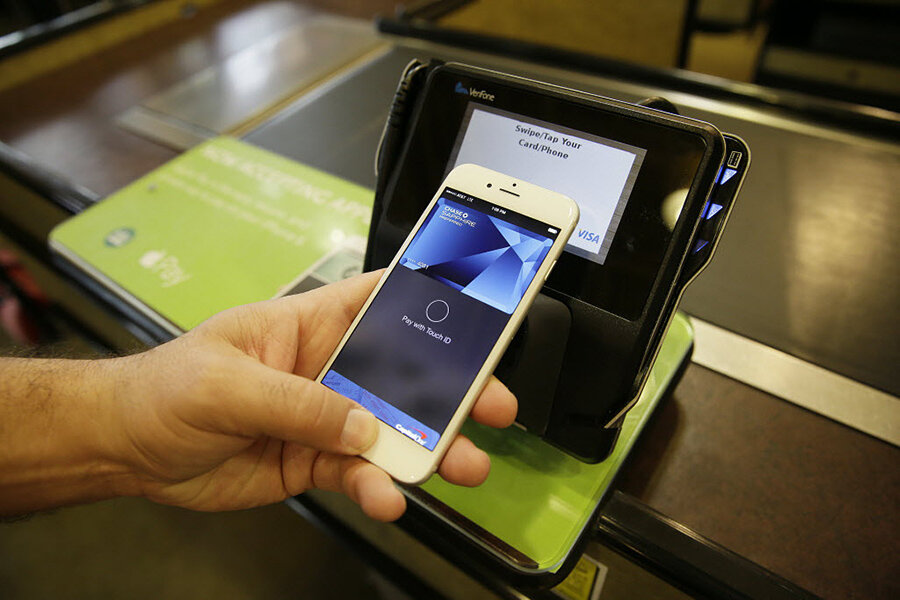The Korean electronics giant’s service was introduced to all users in the US in September 2015 after a brief testing period, but it’s designed to work on a broader range of payment terminals than either Apple's or Google’s products.
Samsung’s system will work with more modern NFC systems, as well as EMV (Europay, MasterCard, and Visa) terminals used by chip-based cards that are common in Europe. It can also mimic the magnetic signals generated by card swipes to work with stores that have traditional credit card terminals, the company says.
However, it won’t work with systems that require a user to physically insert a card into a slot to pay, such as an ATM, gas station, or some vending machines.
The service also has specific limits on what carriers and phones it will support, currently working with only a limited number of Android-based Samsung phones. It’s also scheduled to work with Samsung’s Gear S2 smartwatch once it releases, but only for transactions that use NFC, not older technologies, CNET reports.
The service is also designed to work without a Wi-Fi or cellular connection, but only for up to 10 payments, according to CNET. Adding a card or looking at the transaction history also requires a data connection.







